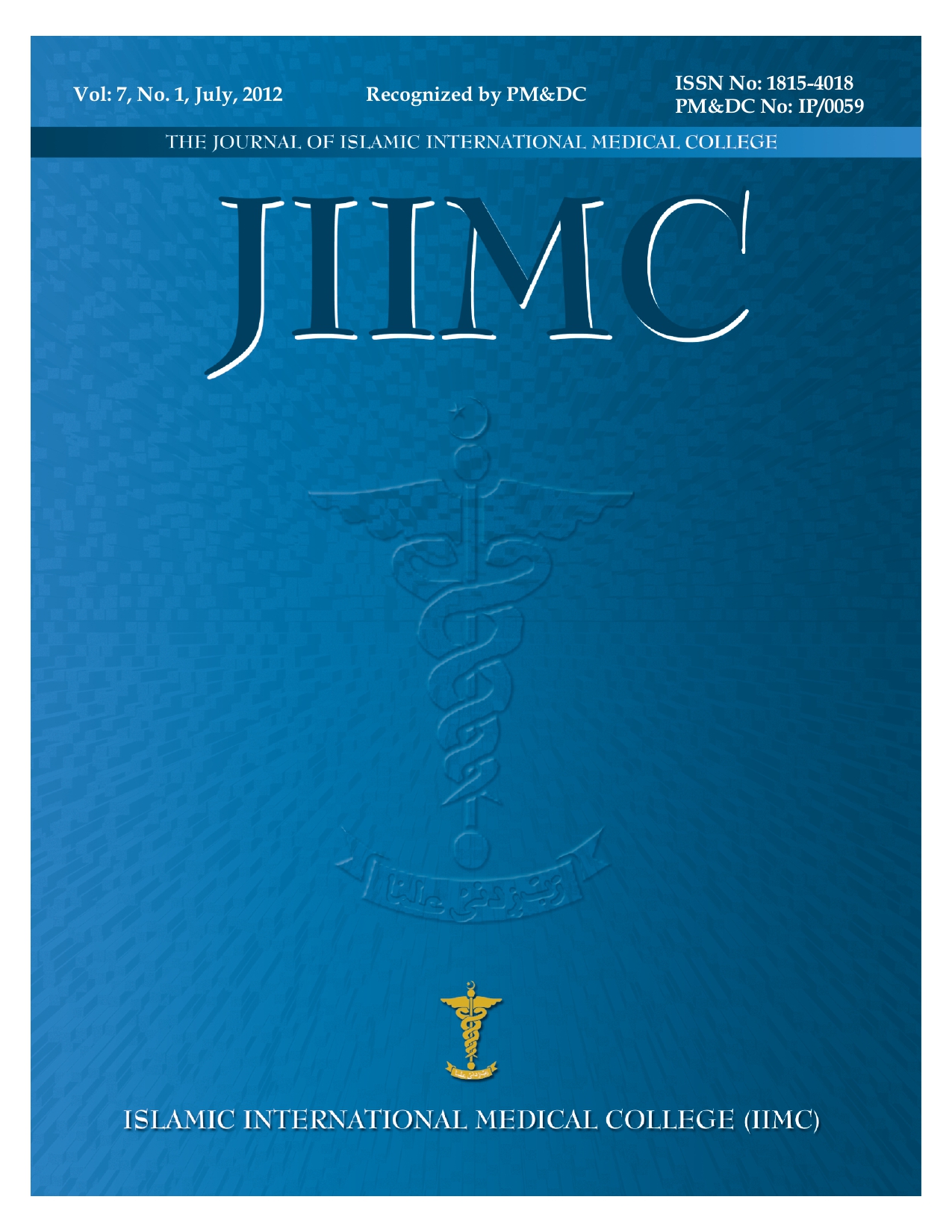Editorial: Decision Making in Dental Health Seeking Behaviors
Keywords:
.Abstract
The art and science of dentistry has progressed very rapidly since the introduction of the high-speed handpiece in 1 the 1950s. There has been a paradigm shift from paternalistic management of obvious problems to a medical model of dental care, which includes prevention and management of dental disease and prosthetic rehabilitation to restore normal oral function. Discovery of the relationship between oral health and systemic disease
has raised awareness concerning the importance of oral health. Advancements in technology offer a variety of solutions for managing similar dental situations and it is incumbent upon each practitioner, as a member of an ethical profession, to educate patients about their appropriate treatment options, allowing them to make autonomous treatment choices that are in their best interest. It generally is understood that many treatment options are available
2 for any given dental condition. A definite decision-making process helps to determine
the appropriateness of each treatment modality. Dentistry is a moral profession, guided by
normative principles. As a result; dentists are obligated to choose a course of treatment that allows them to be “caring and fair in 3 their contact with patients.” Although increased commercialism may be difficult to avoid, patient autonomy should be the overwhelming decision. Members of the dental profession and the community at large expect dentists to act ethically, according to a balance of certain norms: nonmalfeasance, beneficence, justice, veracity, 4 and respect for patient autonomy. The personal virtues of the dentist and the
intrinsic values of the profession, the patient, and society must be considered when choosing appropriate treatment for any given situation. It is pertinent to explore the elements of decision making in dental care, as patient participation is a field which has both ethical
and legal implications in an increasingly user-focused, 'consumerist' health service, given that most dental care is paid for, in part or whole, by the patient. More importantly, by identifying the patient's dental preferences as active, passive or somewhere in-between, clinicians would obtain an insight not only into the outcome the patients has perceived but also in deciphering between different patient personalities.Dentists need to help patient participation in the decision making by explaining the nature of the disease, treatment options, benefits of the options, time required in completing the treatment and most importantly the cost incurred in achieving the desired treatment.



